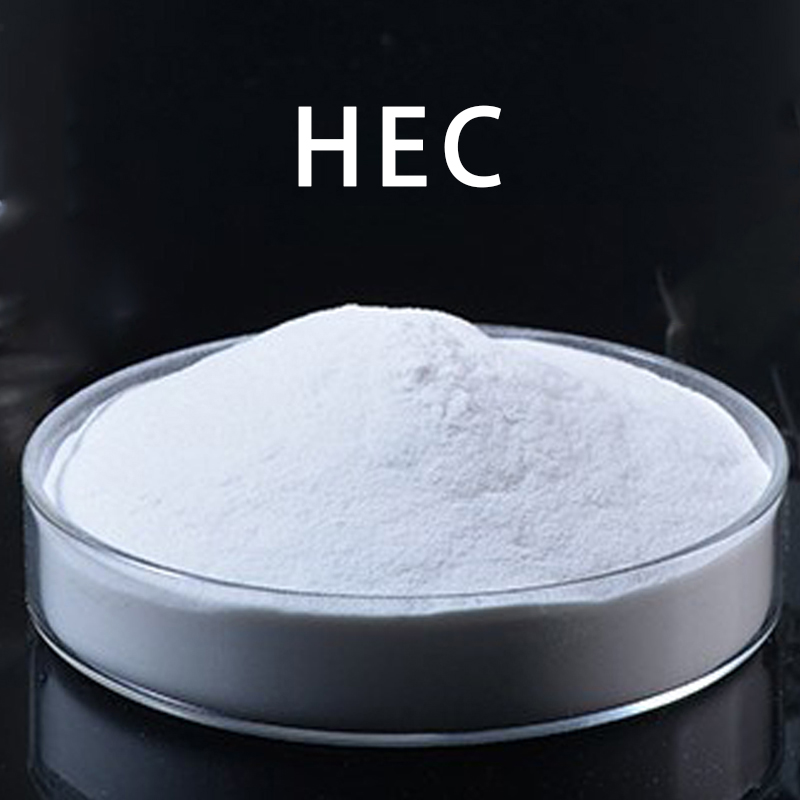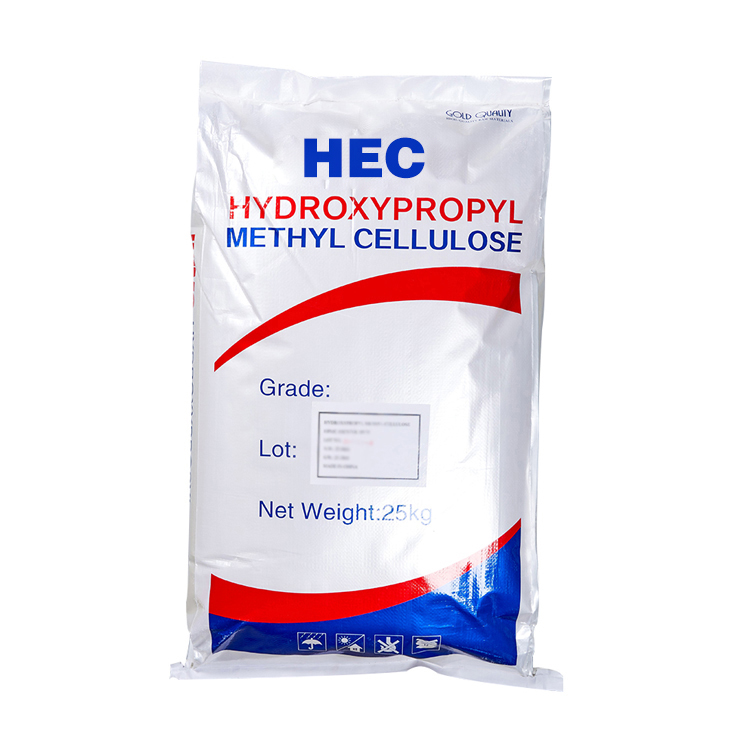Hydroxyethyl Cellulose (HEC) is a widely utilized additive in the paint industry, known for its ability to enhance the performance and versatility of various paint formulations. With its unique properties, HEC plays a vital role in improving the quality, workability and durability of paint products.
HEC is a water-soluble polymer derived from cellulose, a natural compound found in plants. Its chemical structure consists of hydroxyl and ethyl groups, which contribute to its exceptional properties as a paint additive. HEC acts as a thickener, rheological modifier, stabilizer, and binder, making it an indispensable ingredient in paint formulations.
One of the key benefits of HEC in paint is its thickening effect. By adding HEC, manufacturers can control the viscosity and consistency of the paint, ensuring smooth and even application on a variety of surfaces. This thickening effect helps prevent sagging or dripping during application, resulting in a more even and professional finish.
HEC also acts as a rheological modifier, affecting the flow and flatness properties of the paint. It improves the ability of paint to spread evenly, reduces brush or roller marks, and enhances the overall aesthetic appeal of the painted surface.. In addition, HEC helps prevent pigment settling, ensuring that the color remains evenly distributed throughout the paint.
In addition, HEC enhances the stability of the paint formulation.. It prevents phase separation and maintains the integrity of the paint over time, even in challenging storage conditions. This stability ensures that the paint retains its desired properties and performance throughout its shelf life.
Moreover, the HEC acts as a binder, enhancing the adhesion of the paint to various substrates.. It promotes better adhesion to surfaces such as wood, metal and concrete, improving the durability and longevity of paint coatings.. This adhesive property ensures that the paint remains firmly bonded to the surface, even when exposed to harsh environmental conditions.
The versatility of HEC extends beyond its role in traditional solvent-based paints. It is also compatible with water-based and low-VOC (volatile organic compound) formulations, making it an environmentally friendly choice for modern paint applications. HEC enables the production of high-quality, eco-conscious paints that meet stringent regulatory requirements.
In conclusion, Hydroxyethyl Cellulose (HEC) is a valuable additive in the paint industry, contributing to the improved performance, versatility, and environmental compatibility of paint formulations. Its thickening effect, rheological modification, stability enhancement and binding properties make it an indispensable ingredient for manufacturers aiming to produce high-quality paints with exceptional properties.
For more information on Hydroxyethyl Cellulose (HEC) and its applications in the paint industry, contact [Yiang cellulose], a leading provider of cellulose-based solutions and expertise in [China Jinzhou]


